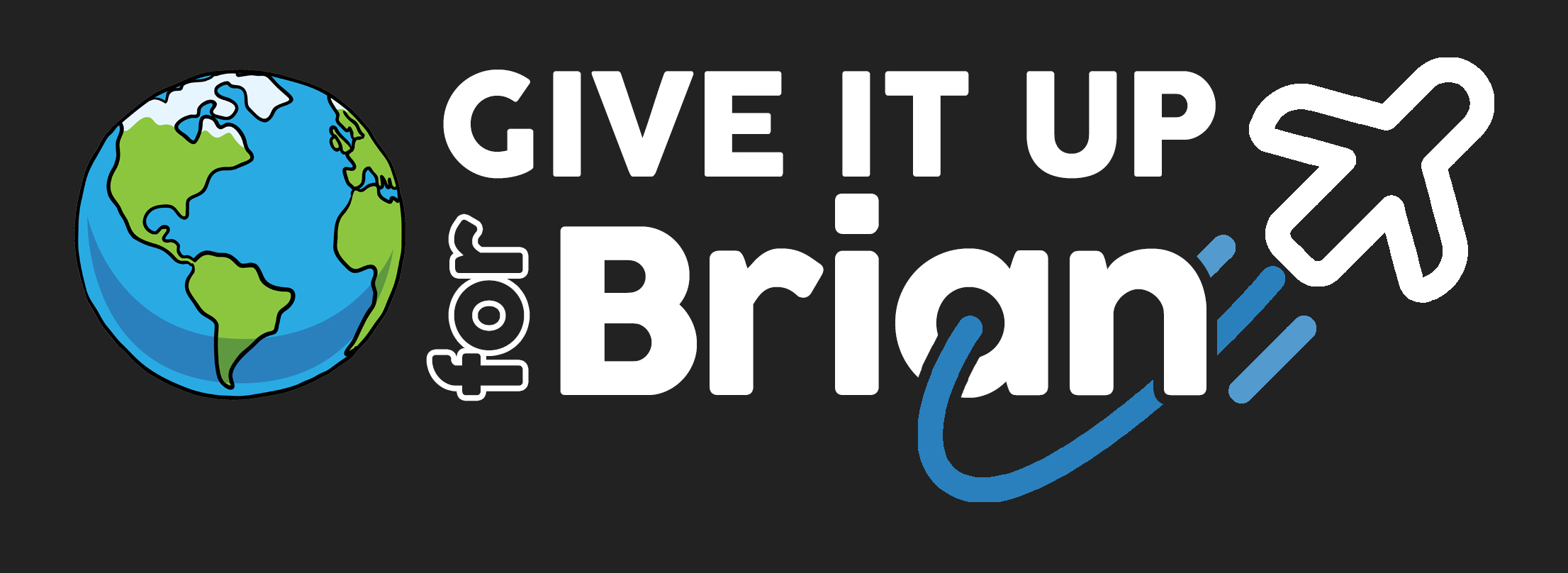Bwindi Impenetrable National Park – This forest is a sanctuary for almost half the world’s population of mountain gorillas — about 330 of 600 left in the wild.
BINP is located in south-western Uganda (0 53′ – 1 08’N; 29 35′ – 29 50’E), and covers parts of Rukungiri, Kabale and Kisoro Districts. On the west, the park is bordered by Parc Nationale des Virunga of Congo (DRC).
Bwindi’s Impenetrable Forest is true African Jungle. It is so called because the dense undergrowth, vines and other vegetation make it almost ‘impenetrable’. It’s mysterious and awesome. The lowland rainforest and montane forest vegetation constantly struggles to reach heights that will allow it to receive more light. Huge trees are festooned with creepers and parasitic plants such as mistletoe and orchids. Giant thickets of bamboo thrive in the humid atmosphere and, where sunlight breaks though, the elegant heliconia, or lobster claw, spreads its colourful petals.
Amongst the dense vegetation the Colobus Monkey jumps from branch to branch, chattering its warning to its fellows hidden by the foliage. Chimpanzees, in families of 20 or 30, make the rounds, searching for fruit and edible plants. It is situated in a hilly country-side that, together with some remnant lowland forest outside the boundary, constitute an important water catchment area for many rivers, supplying the agricultural land of the surrounding region. As you walk among the shadows of the leafy canopy, this rainforest reveals the smells and sounds of Africa, just as it has been for centuries.
Without doubt, your first impression of the dense jungle will be its almost audible silence. Jungle creatures are very, very shy, but, as you pick your way along the trail, through the dense undergrowth, you’ll realise that the jungle is alive. Its thousands of living organisms are discreetly watching and waiting whilst you pass through their protective home and, from time to time, the complete tranquillity will be shattered by a darting forest bird or group of chattering monkeys leaping through the stands of ancient trees, disturbing the secretive residents and setting up a chain reaction. Now, the ever-wary jungle comes to colourful and noisy life for a moment, until silence reigns again. Here, in Bwindi Impenetrable, your guide will take you along river trails with delightful waterfalls, up steep slopes and into forest clearings in search of an enormous array of reserved, exquisite and exciting jungle creatures who live in this deep forest. A forest : which in itself is a complex and remarkable living organism.
From Kampala, (the Ugandan capital city), Buhoma (the park headquarters) can be accessed through Rukungiri (478kms) or usually, Kabale (526 kms). The Kabale route which takes about 6 hours from Kampala is paved. From Kabale the journey to Buhoma (112kms) via Kanungu and Kanyatoorogo takes 3-4 hours through scenic areas. Or, pass along the eastern edge of the park to Ruhija. This option affords some very magnificent views. Four-wheel drive vehicles are advised especially during the rainy season. Camping facilities, and a deluxe tented camp is available at Buhoma. Those with camping equipment may camp in the Park .
Abercrombie & Kent has a luxury 4-star tented camp.In the Montana Luxury Tented Camp you will enjoy accommodation in fully furnished Selous tents with verandah, bedroom, dressing room and ensuite shower. The White Horse Inn is situated in the terraced hills of Kabale, known as the “Switzerland of Africa. Many rooms have private facilities.
African Pearl Safaris; offers comfortable medium range accommodation. The low budget traveller can stay in equally clean Bandas run by the local community. In Kabale Town, known as “Switzerland of Africa”, several accommodation facilities are available. These include: 3-star White Horse Inn and Highland Hotel, the Victoria Inn, and the Visitor’s Rest Hotel.. Other medium range facilities include: Visitours, and many others.
At least 120 species of mammal in one of the richest ecosystems in Africa including mountain gorilla, chimpanzee and 8 other species of primate. Elephant, bushpig, giant forest hog, many species of bats and rodents, at least 346 species of birds including rare forest birds, at least 14 species of snakes, 27 species of frogs and toads, 6 chameleons, 14 lizards, skinks and geckas, at least 202 species of butterfly.
This forest is a sanctuary for almost half the world’s population of mountain gorillas (about 330 of 600), which is the rarest race of gorilla. Established as a safe habitat for several families of mountain gorillas it is now the location of an important scientific conservation programme. Gorilla tracking visits are limited to small groups. There are also several endangered species of birds with limited ranges. Gorilla tracking began on 1st April, 1993. It is advisable to make reservations at least 3 months before your intended date of visit. These reservations can be made through your tour operator or travel agent or directly to Uganda Wildlife Authority in Kampala. It commonly rains in this area. Come with a raincoat, walking boots, and gloves. This is the richest forest in Uganda, in terms of the number of plant species, as the area is one of the few large expanses of forest in East Africa where lowland and montane communities merge. The valley bottoms contain a dense ground cover of herbs, vines, and shrubs with only a few trees hence its name, the ‘impenetrable forest.”
Thanks,
Brian
